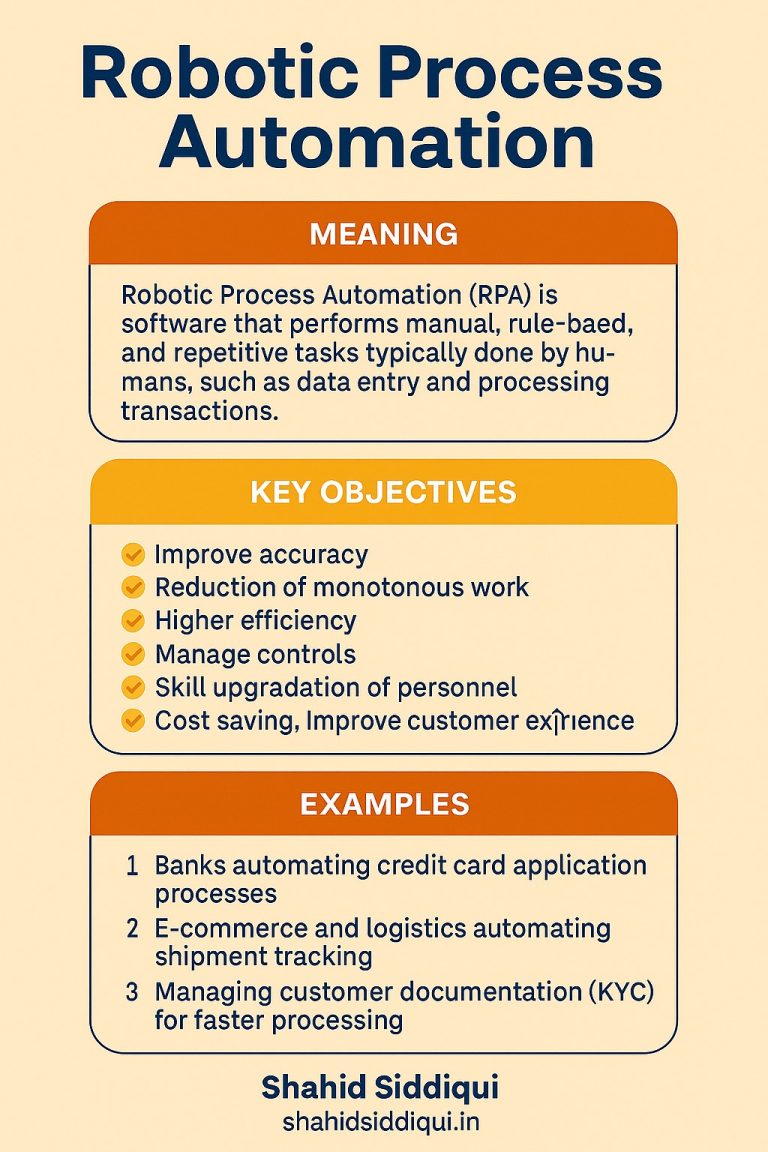जब टैक्स बना हथियार: ट्रंप की टैरिफ वॉर ने कैसे ठप कर दिया भारत का कपड़ा कारोबार?
🧵 जब टैक्स बना हथियार: ट्रंप की टैरिफ वॉर ने कैसे ठप कर दिया भारत का कपड़ा कारोबार? 🗓️ 31 जुलाई 2025 | ✍️ लेखक: शाहिद सिद्दीकी 🔖 श्रेणी: अंतरराष्ट्रीय व्यापार | अर्थव्यवस्था | युवा जागरूकता 🇺🇸 टैरिफ वॉर क्या होता है? मान लीजिए, दो देश आपस में सामान बेचते हैं। अगर एक देश दूसरे…




